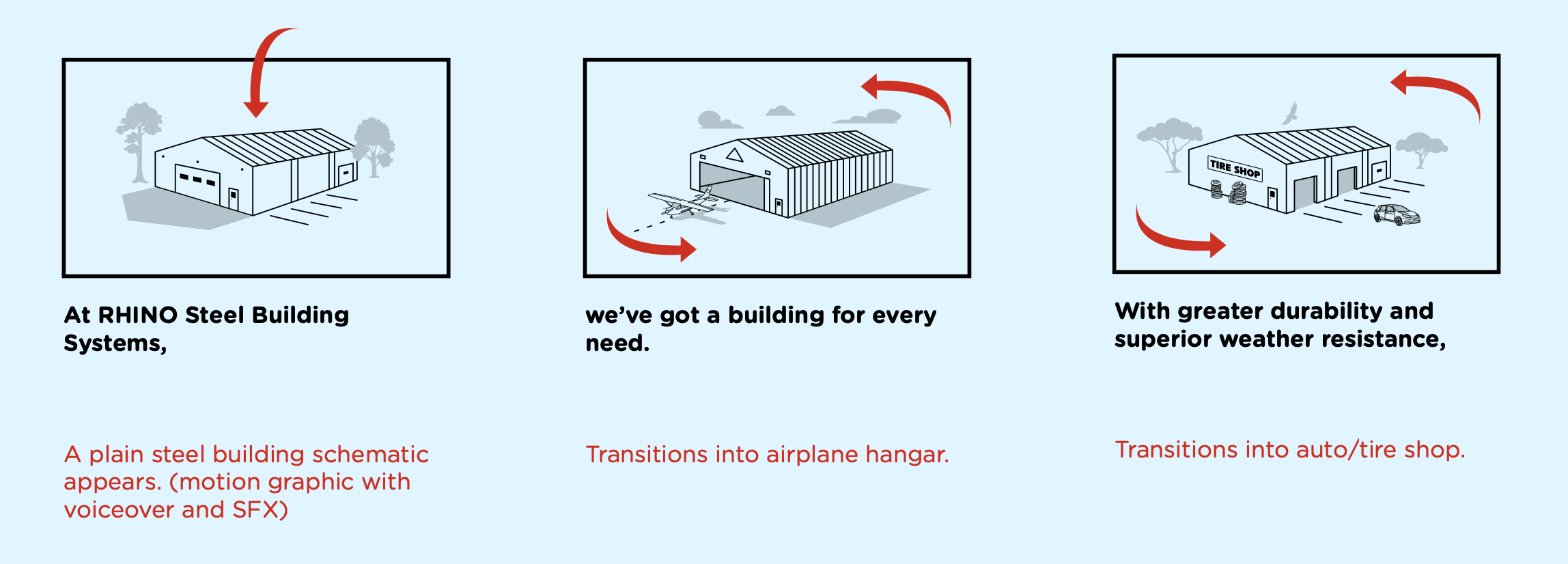How Motion Graphics Give Your Brand an Edge
Since the days of the zoetrope, people have been obsessed with motion graphics. Movement brings an image to life. It captures our attention and tells a story. With the rise of television and the Internet, motion graphics are now more ubiquitous than ever. You may not fully realize it, but you are subject to them constantly.
What exactly are motion graphics?
As our mostly-reliable collective source of information, Wikipedia, puts it, “motion graphics are pieces of animation or digital footage which create the illusion of motion or rotation, and are usually combined with audio for use in multimedia projects.”
To translate, motion graphics are exactly what they sound like — images that move. This can be something that is complex, like an entire video animated with characters, or something as simple as an animated logo. With increasingly robust and accessible software, motion graphics are being utilized across the board and will play an increasing role in marketing and advertising in the future.
The proof is in the pudding:
“From 2016 to 2020, the number of companies that use video content as a marketing tool increased from 61% to 85%.” (NT technology)
A staggering “96% of users watch a video to learn more about a product.” (NT technology)
“Over the past few years, advertising budgets for programmatic video have increased by ≈4% per year. In 2020, this segment will account for 47.5% of the total advertising budget for digital advertising – $27,23 billion. (eMarketer)”
If you are marketing a product or service, this method of advertising is impossible to ignore, and it is imperative to utilize this form going forward
Statistics aside, using motion graphics utilizes the same space as a static ad to convey exponentially more information. If a picture is worth a thousand words, what is a video worth? Apparently, “One minute of video is worth 1.8 million words, according to Dr. James McQuivey of Forrester Research.” (MaddenMedia) The amount of money you would need to spend to deliver that level of information through static media would be astronomical. All the more reason to utilize motion graphics to share your information.
What’s the process of creating a motion graphics video?
Concept
Our first job is to determine the purpose of the video. Is it to sell a product or service? Is it to explain a complex idea in simpler terms? It’s important to know exactly what we want to convey so that we can boil it down to its most important parts. The simpler, the better.
Script
Once we know the goal, it is time to write a script. Depending on the project, this may or may not include any dialogue. Typically most spots will have some copy, but as we mentioned above, simplicity is best. We want to get the concept down to its bare bones because long-winded videos lose eyeballs. So we make sure the script is tight and lucid and go from there.
Storyboard
Once we’ve got the script nailed down, we create a storyboard. This is when we figure out how to design the graphics we intend to put in motion. All motion graphics begin with static images as a base, and then we add direction as to how it will be animated. The storyboard is presented to the client for approval before we move on to the next step.
Audio
If the project includes a voiceover, this is when it’s recorded. We also choose music that will pair with the animation and send that off to be approved by the client. Once it’s approved, we go through a mixing process after animation to make sure the levels are ideal and to add any sound effects.
Animation
Now we move on to the main event — animation. We use Adobe After Effects to animate in images and text. This is all about timing. If there is a lot of text to be read, it’s important to consider how long it’s on screen in order to make sure the viewer can process it. There tends to be a sweet spot here, because if the animation moves too fast or too slow it can turn viewers away. It’s key to keep it simple and to allow it to work in tandem with the musical cues.
Export and Delivery
Once everything is animated and the audio is mixed, it’s time to export it correctly for the platform (e.g. YouTube, Instagram Story, etc.) and send it off to the client for final approval.
Conclusion?
In the end, the point of motion graphics is to create a nice clean video that ensures the viewer knows exactly what you’re selling. Motion graphics aren’t only good for full-on produced commercials — they can simply be used to bring static ads to life through animation. When it comes to marketing, people gravitate towards movement. It only makes sense to use that gravitational pull to your advantage.


